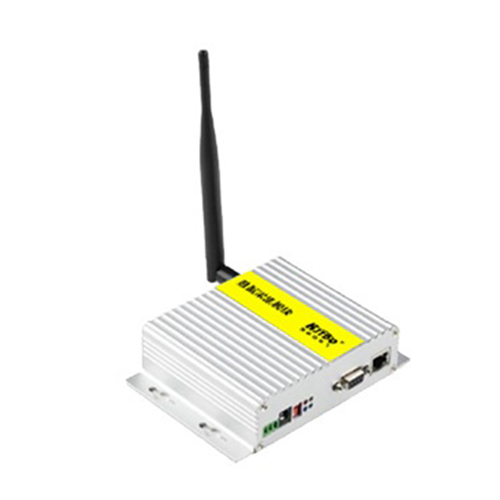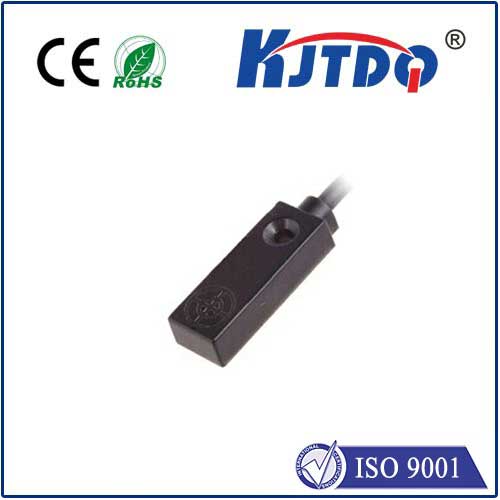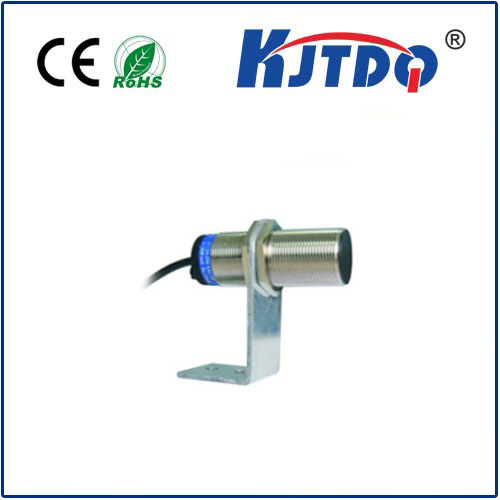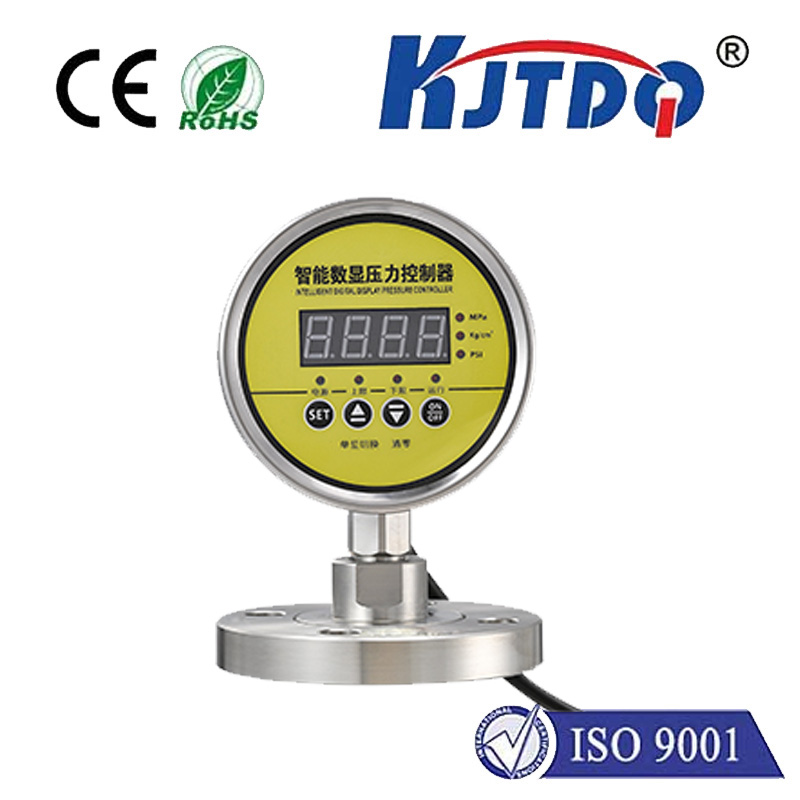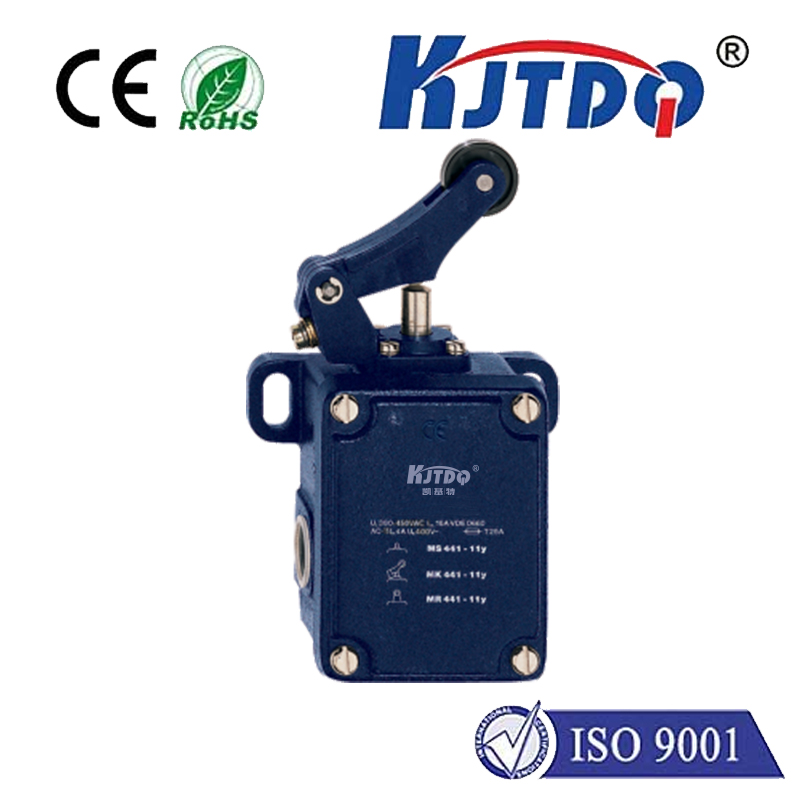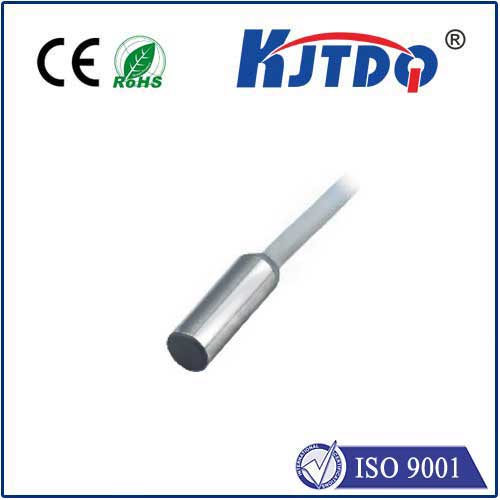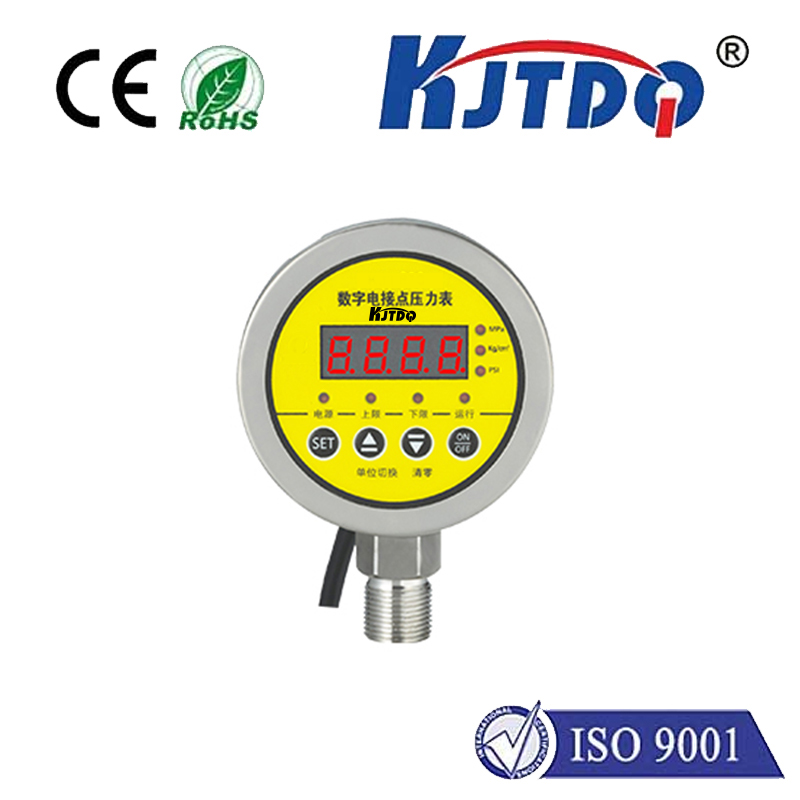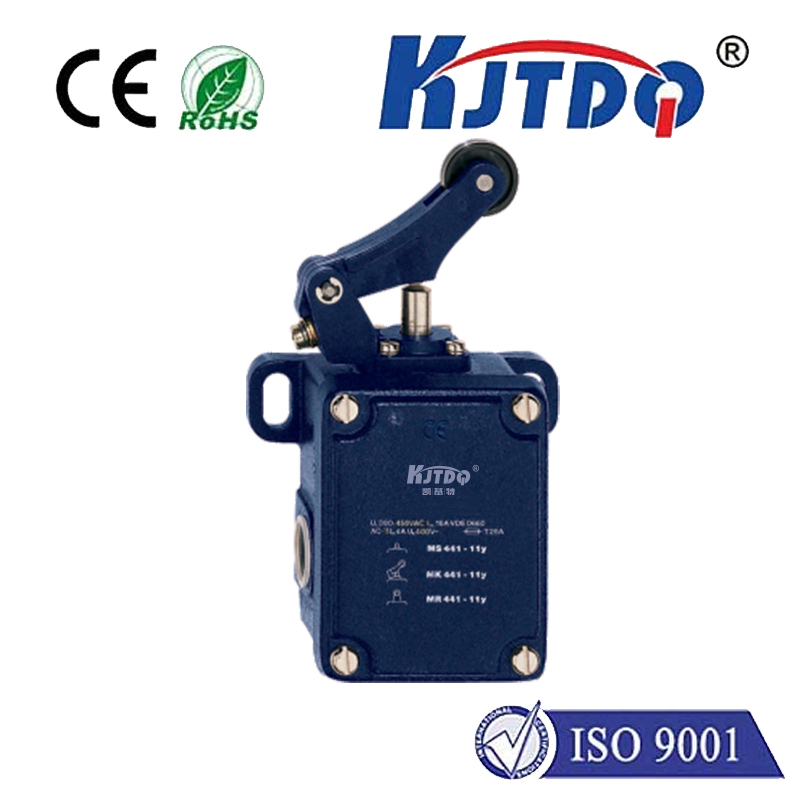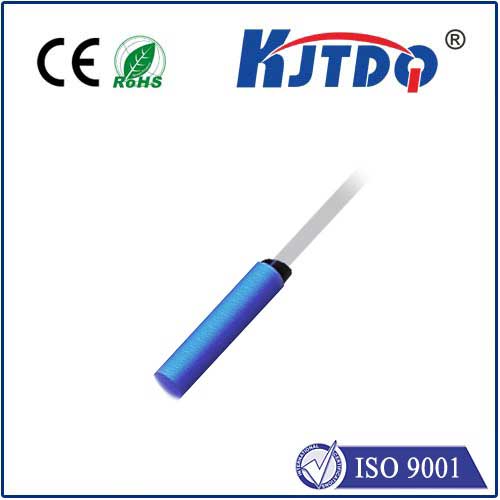

check

check

check

check

check

check

check

check

check

check
Introduction:
The use of an RPM meter with proximity sensor is becoming increasingly popular in the automotive industry due to its ability to provide accurate speed measurements. This innovative technology uses a combination of sensors to determine the rotation rate of a vehicle's engine and can be easily installed in various parts of the car. In this article, we will explore the benefits of using an RPM meter with proximity sensor and how it can improve performance and safety on the road.
Body:
I. Benefits of Using an RPM Meter with Proximity Sensor
A. Accurate Measurements: The RPM meter with proximity sensor provides highly accurate speed readings by measuring the rotation rate of the engine and using advanced algorithms to eliminate errors caused by external factors such as vibrations or temperature changes.
B. Easy Installation: The sensor can be easily installed in different parts of the car, such as the crankshaft or transmission, without the need for any modifications or drilling. It also does not require any special tools or skills to install, making it accessible to both mechanics and DIY enthusiasts.
C. Cost-Effective: Compared to traditional RPM meters that require manual adjustments or frequent calibrations, the RPM meter with proximity sensor offers long-term cost savings by reducing maintenance costs and improving overall efficiency.
D. Improved Safety: By monitoring engine speed, the RPM meter with proximity sensor can detect potential issues before they become severe, allowing for timely repairs and reducing the risk of accidents caused by faulty engines.
II. How an RPM Meter with Proximity Sensor Works
A. Crankshaft Position Sensor(s): The sensor measures the position of the crankshaft and converts this information into electrical signals that are sent to the RPM meter.
B. Temperature Sensor(s): Some RPM meters come equipped with temperature sensors that measure the engine's core temperature and adjust the measurement accordingly to ensure accurate readings even in hot or cold conditions.
C. Proximity Sensor(s): In some models, additional proximity sensors are used to detect when the user approaches the dashboard or other areas where the RPM meter is located. This allows for hands-free operation and improves convenience for drivers.
D. Algorithms: Advanced algorithms are used in combination with these sensors to process the data and provide accurate speed readings based on various factors such as engine load, gear ratio, and driving conditions.
III. Applications of an RPM Meter with Proximity Sensor
A. Racing Vehicles: Racecar drivers rely heavily on accurate speed measurements to optimize their performance and avoid costly mistakes. An RPM meter with proximity sensor is particularly useful for high-speed racing applications where quick reactions and precise control are critical.
B. Off-Road Vehicles: Off-road vehicles often encounter harsh conditions such as rugged terrain or extreme temperatures, which can affect their performance negatively if not monitored properly. An RPM meter with proximity sensor can provide real-time feedback on engine health and help identify potential issues before they become serious.
C. Commercial Vehicles: Commercial vehicles such as trucks and buses require reliable and efficient engines to maintain productivity and meet strict safety standards. An RPM meter with proximity sensor can help prevent costly breakdowns by providing early warning signs of potential problems and enabling timely repairs.
D. Everyday Drivers: Even for everyday drivers, an RPM meter with proximity sensor can be a valuable tool for improving performance and maintaining vehicle longevity. By monitoring key metrics such as engine speed and temperature, drivers can identify potential issues before they become major problems and make informed decisions about maintenance and repair options.
